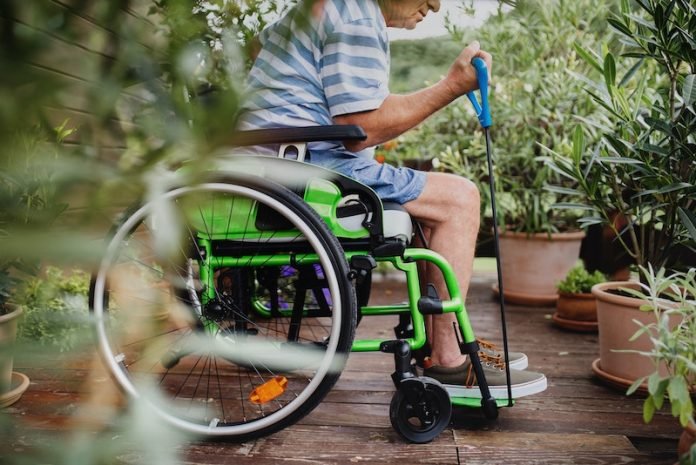
You’d think that folks living in care facilities would get the best care, right?
Not always, says a new study that looked at skeletal remains from the past.
Researchers have discovered that people living in public care places in America between 1910 and 1967 had nearly double the risk of breaking their hips compared to those not in such homes.
What’s worse? Many of these broken hips led to deaths that could have been avoided.
Madeleine Mant, a researcher from the University of Toronto, teamed up with Carlina de la Cova from the University of South Carolina and Megan Brickley from McMaster University to conduct the study.
They got access to 600 skeletons at the Smithsonian National Museum of Natural History in Washington, D.C. These remains belonged to people who were pretty much forgotten after death—either because they had no family or because their families couldn’t afford a burial.
The Grim Numbers
The study showed that 4.3% of people in these care institutions had broken hips, compared to only 2.3% in the general population.
The records indicated that these fractures often happened due to simple, avoidable accidents—like falling out of a wheelchair or tripping on a lousy floor.
The research found that in places meant for care, an astounding 82% of hip fractures that led to death happened.
These findings bring two big issues to light. The first is what researchers call “structural violence.”
This means that the very design of these institutions—their lack of funds, poor maintenance, and low-quality staffing—were indirectly hurting these people.
The second issue is what’s called “cultural apathy.” This means that society just doesn’t seem to care enough to fix these problems.
The Story Continues: It’s Not Just History
Mant argues that this isn’t just an old problem that we can forget about; it’s happening today, especially in Canadian care facilities.
When she talks about her research, people often tell her about family members who’ve had similar problems in modern facilities.
Other countries, like the Netherlands and Switzerland, have also reported higher risks of fractures in care homes.
A particularly shocking case in Canada was a woman in an Oakville, Ontario, nursing home who had severe fractures in both of her thighs when she died, and nobody seemed to know how it happened.
Time for Change
What should we do about this? Mant hopes that this study will be a wake-up call. It should make us rethink how we view care facilities and demand better standards.
She emphasizes that care for the most vulnerable among us is not just a nice-to-have; it’s a basic human right that needs to be upheld.
“We need to bring awareness to people who might not know about this and, honestly, shame those who have known and haven’t done anything so far,” Mant says.
After all, whether we realize it or not, the issue of neglected care facilities is not something locked away in history or confined to specific places—it’s a global problem that impacts us all.
If you care about wellness, please read studies about factors that can cause muscle weakness in older people, and scientists find a way to reverse high blood sugar and muscle loss.
For more information about health, please see recent studies about an easy, cheap way to maintain muscles, and results showing these vegetables essential for your muscle strength.
The study was published in PLOS ONE.
Follow us on Twitter for more articles about this topic.
Copyright © 2023 Knowridge Science Report. All rights reserved.



